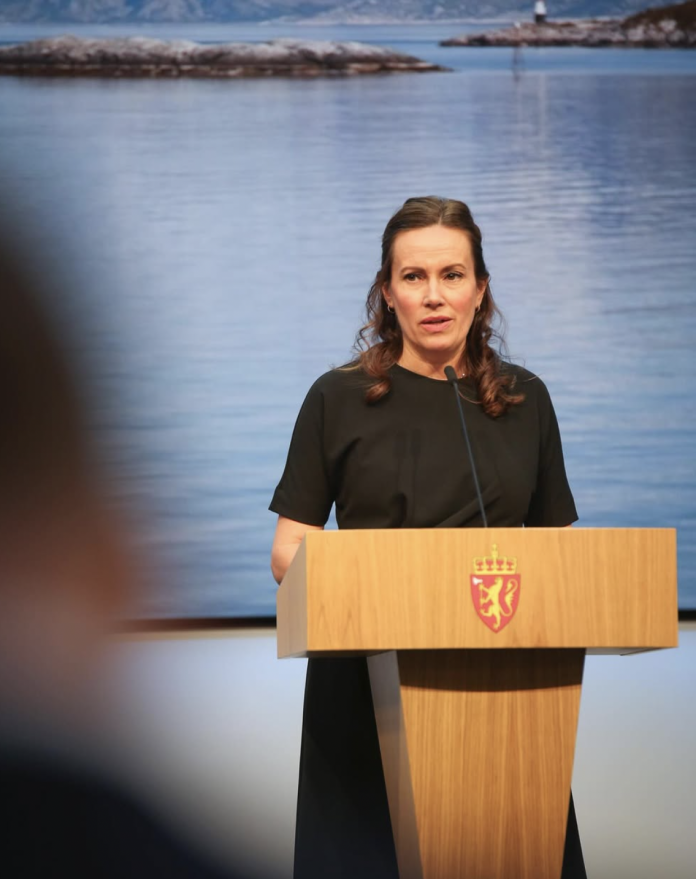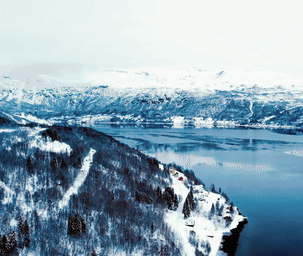Norway lifts freeze on land-based aquaculture applications following regulatory update.
Norway’s Ministry of Trade, Industry and Fisheries has formally adopted changes to aquaculture regulations, allowing new applications for land-based fish farming to resume after an 18-month freeze.
The updated rules clarify the definition of what constitutes land-based versus sea-based facilities under the laksetildelingsforskriften (salmon farming licence regulations) and introduce a mandatory requirement for disinfection of intake water at land-based sites to reduce the risk of disease transmission via water.
“We want to enable the sustainable development of land-based fish farming,” said Fisheries and Oceans Minister Marianne Sivertsen Næss. “Technological progress has outpaced current regulations, so clarification was needed. Clearer criteria will create more predictable conditions for both industry and regulators.”
The revised regulations follow a consultation process that attracted nearly 50 responses. Several adjustments were made based on industry and stakeholder input. While the new rules apply to new facilities only, existing land-based sites will not be subject to the new water treatment requirements unless they make significant modifications. Further guidance on what constitutes a “material change” will be issued by the Norwegian Food Safety Authority (Mattilsynet).
The temporary halt on applications, introduced in December 2022, was intended to address concerns that some projects classified as “on land” were in fact behaving more like traditional sea-based farms, potentially affecting marine environments while avoiding normal licensing fees.
The new disinfection requirements will apply to land-based farms drawing freshwater from sources with migratory fish or other risk factors for disease transmission.
The regulatory changes aim to improve biosecurity and level the playing field across different farming models, while maintaining environmental safeguards as the industry grows.


